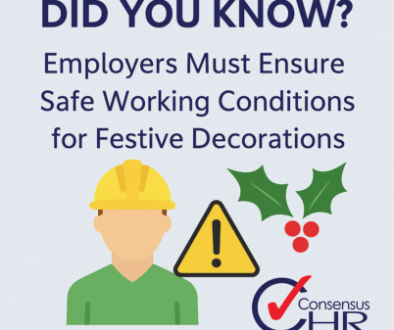When it gets hot!
With the ever changing British weather and when it gets hot!, what are some of the issues and how can we deal with them?


When it gets hot! The last few months of 2022 has seen a range of various weather, with the most recent being the heat wave and temperatures in the workplace being extremely high, unless of course you have air-conditioning………..
We have put together a list of suggestions and how to deal with them:
1. Keep everyone cool!
Whilst the law does not say how hot or cold your workplace should be, temperatures need to be ‘reasonable’.
Keep staff cool by allowing them to switch on fans and air conditioning or ‘dress down’ on hotter days if possible.
2. Remember more vulnerable workers
Some members of staff may be more affected by hot weather, such as those with a disability or pregnant women.
You can help by allowing these employees to take more breaks, move to cooler areas or even work from home temporarily.
3. Prepare for transport disruption
Hot weather can cause issues in the daily commute and you should try to be more understanding if staff are late for work. For example, trains may go slower to prevent tracks from buckling.
Employees should also be encouraged to plan ahead of their journeys and make allowances for delays.
4. Be ready for holiday requests
Everyone can’t be off at once and leave requests are likely to overlap, for instance during the school summer holidays.
It is a good idea to have a first-come, first-served system in place. That way, you can help to avoid one employee being prioritised over another.
5. Look out for unauthorised time off
Employees who are refused a holiday request may take the time off anyway. Alternatively, you may suspect a member of staff is ‘pulling a sickie’.
It is important not to jump to conclusions and conduct a full investigation into the absence. From here, it may become a disciplinary issue.
6. Check on your homeworkers
You aren’t expected to install air conditioning in your employees’ homes, but they should have the same rights as those working in the office. For example, more vulnerable staff should take more breaks, even when working remotely.




